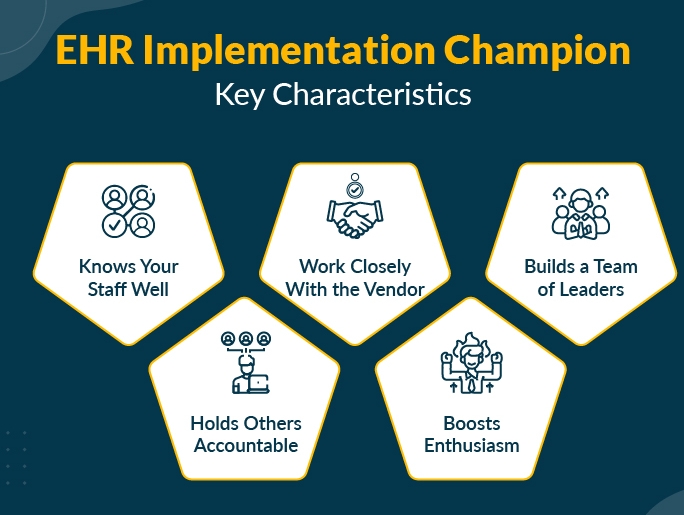Implementing an electronic health record (EHR) system may seem like a daunting task for healthcare providers, but the financial impact of this transition is often the primary concern.
Initial costs of implementation
The initial costs of implementing an EHR system can be substantial, including the purchase of software, hardware, training for staff, and potential consulting fees.
Ongoing maintenance expenses
After the initial setup, healthcare providers must budget for ongoing maintenance expenses, including software updates, system upgrades, and troubleshooting.
Potential revenue loss during implementation
During the transition to an EHR system, healthcare providers may experience a temporary loss of revenue as staff members adjust to the new system and productivity temporarily decreases.
Improved efficiency and cost savings
Despite the financial investment, implementing an EHR system can lead to long-term cost savings through improved efficiency, reduced paperwork, and increased accuracy in billing and coding.
Realizing the return on investment
Over time, healthcare providers can realize a return on their investment in an EHR system through improved patient care, increased productivity, and reduced overhead costs.
Considering long-term financial benefits
While the initial costs of implementing an EHR system may be significant, the long-term financial benefits can outweigh these expenses and lead to a more profitable and efficient practice.
In conclusion, the true cost of implementing an EHR system is not just monetary, but also involves potential revenue loss, ongoing maintenance expenses, and upfront investment. However, by considering the long-term financial benefits and improved efficiency, healthcare providers can make an informed decision about transitioning to an EHR system.

